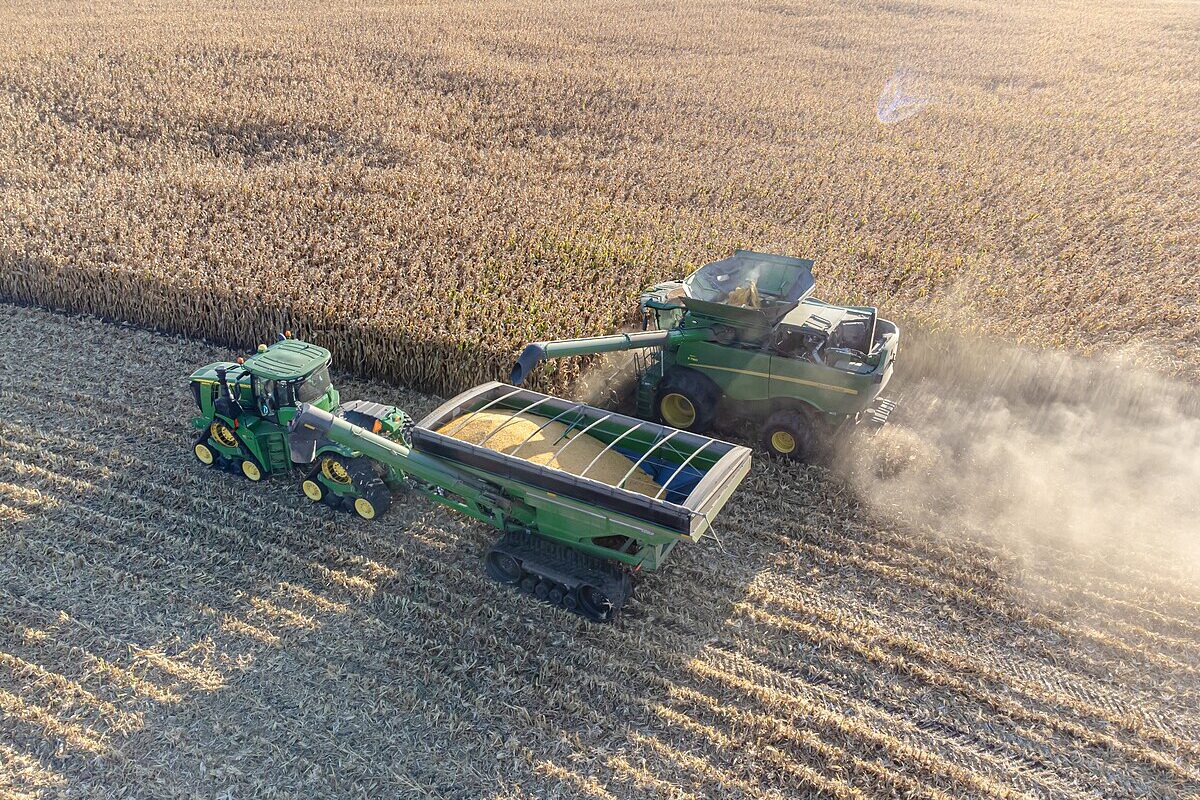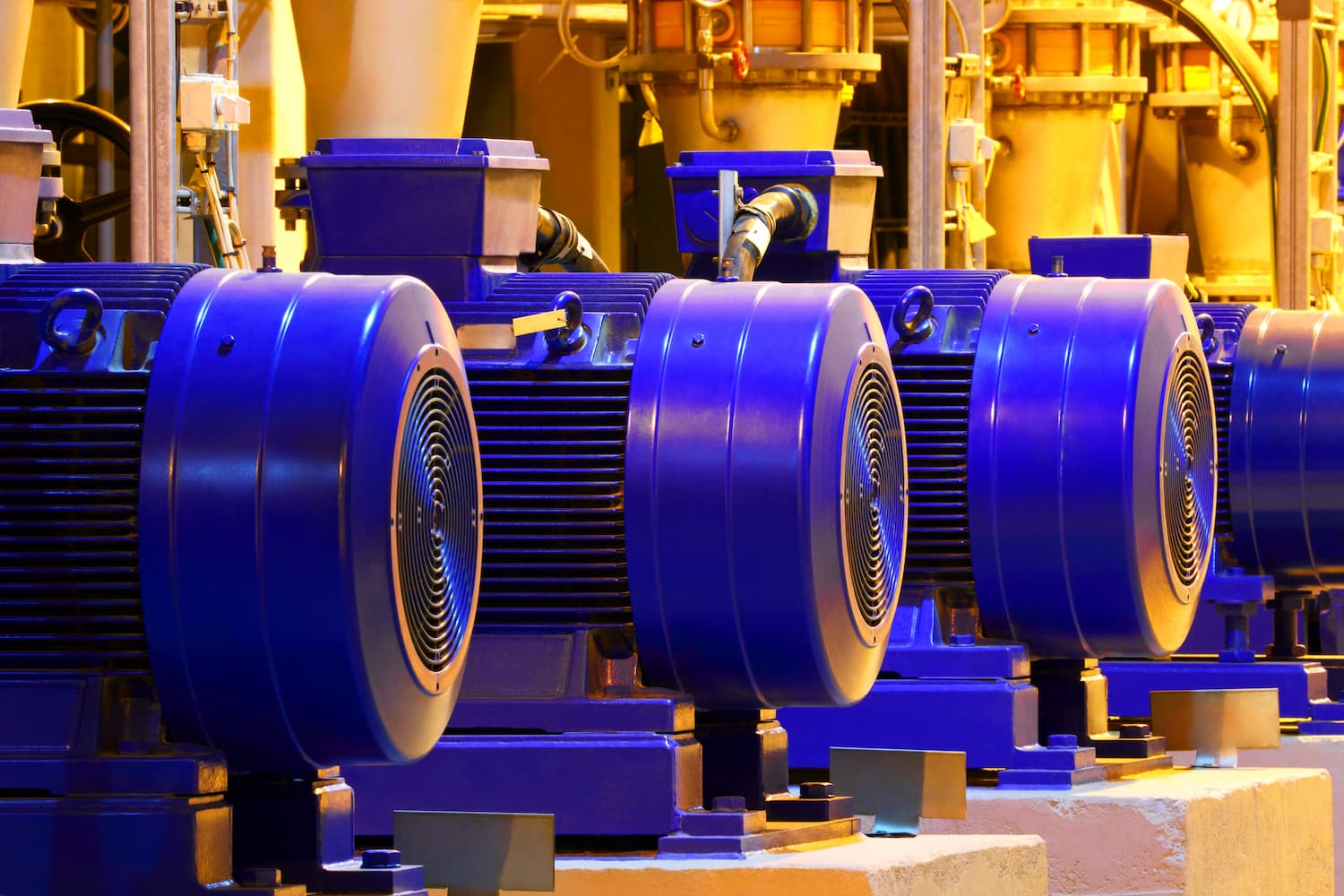The Combine Harvester is one of the most important agricultural machines used in modern large-scale farming. A Combine Harvester efficiently harvests multiple crops like wheat, oats, barley, corn, sorghum and sunflowers directly from the fields. This machine has drastically transformed agriculture by streamlining the harvesting process.
Origins and Evolution
One of the earliest attempts to develop a machine that could both reap and thresh crops was made in Britain in 1826. However, it was not very successful. The first practical Combine Harvester was invented in the United States in 1834 by Hiram Moore. Over the next few decades, many innovations were made to improve the design and performance of this agricultural machine. The McCormick Harvester of 1846 was a major breakthrough that could efficiently cut and thresh wheat and oats. From the late 19th century onwards, Combine Harvesters became more widespread on farms. After World War 2, mechanization accelerated on farms leading to large-scale commercialization of agriculture. Modern self-propelled Combine Harvesters emerged in the 1950s which could complete harvesting within a short period of time. Today’s advanced combines are computerized machines with many high-tech components to optimize crop harvesting.
Key Components and Working
A Combine Harvester consists of several essential components like a cutting platform, threshing and separating systems, cleaning and conveying systems and a grain tank. The cutting platform cuts the crop stalks which then enter the threshing and separating systems. Here, a beater or rotor threshes the grain by separating it from the ear/panicle and straw. The grain and chaff mixture then moves to the sieving and winnowing section where airflow separates lighter chaff and straw from heavier grains. Cleaned grains are stored in the grain tank while straw and chaff are blown out the rear. Advanced models have automated controls and can adjust different components based on crop and field conditions for optimum performance. A large horsepower engine powers mechanisms on the combine. Its large overall size and wheels enable easy maneuvering within fields.
Advantages of Mechanized Harvesting
Combine Harvesters provide tremendous benefits to farmers compared to manual harvesting methods. They can harvest multiple crops very quickly, even 5-10 acres can be covered in an hour. Timely harvesting ensures optimum grain and seed quality. Large capacities reduce harvesting time significantly, allowing farmers to plant next crops earlier. Combine harvesting also minimizes crop losses and provides cleaner grains with high germination rates. It prevents mixing of grains and foreign materials during handling. Mechanization reduces strenuous manual labor requirements and safety risks for farm workers. Overall, use of Combine Harvesters improves yields, lowers production costs and enhances farm income and livelihoods.
Role in Global Food Security
Combine Harvesters have enabled a dramatic increase in worldwide agricultural productivity and production levels over the past century. They underpin the ability to cultivate vast acreages of cereals, grains and oilseeds through large-scale mechanized farming practices. With the rapidly rising global population, increasing demand for food and diminishing arable land resources, boosting yields from existing farmlands is crucial for global food security. Adoption of advanced Combine Harvester technologies helps push the boundaries of maximum obtainable yields through high throughput harvesting. Timely and minimal crop loss harvesting plays a big role in increasing global annual cereal outputs. Estimates suggest use of combines currently helps produce 30-40% more cereal grains compared to manual methods. Along with other modern farm practices, Combine Harvesters will continue delivering additional bushels needed to sustainably feed billions worldwide in the coming decades.
Future Advancements
Continuous research and development aims to further optimize Combine Harvester performance, efficiency and precision farming capabilities. Some potential future improvements and innovations include:
– Autonomous steering & operating systems controlled by GPS and machine learning algorithms for automatic row guidance and field mapping
– Advanced crop and yield monitoring sensors providing real-time field data for variable rate applications
– Larger grain tanks and higher throughput capacities to minimize number of loading cycles required in large fields
– Alternative power sources like batteries and hydrogen fuel cells for lower emissions operations
– Integrated computer vision technologies for automated crop and weed detection and residue management
– Telematics systems enabling remote fleet monitoring and predictive equipment maintenance
*Note:
1. Source: Coherent Market Insights, Public sources, Desk research
2. We have leveraged AI tools to mine information and compile it




